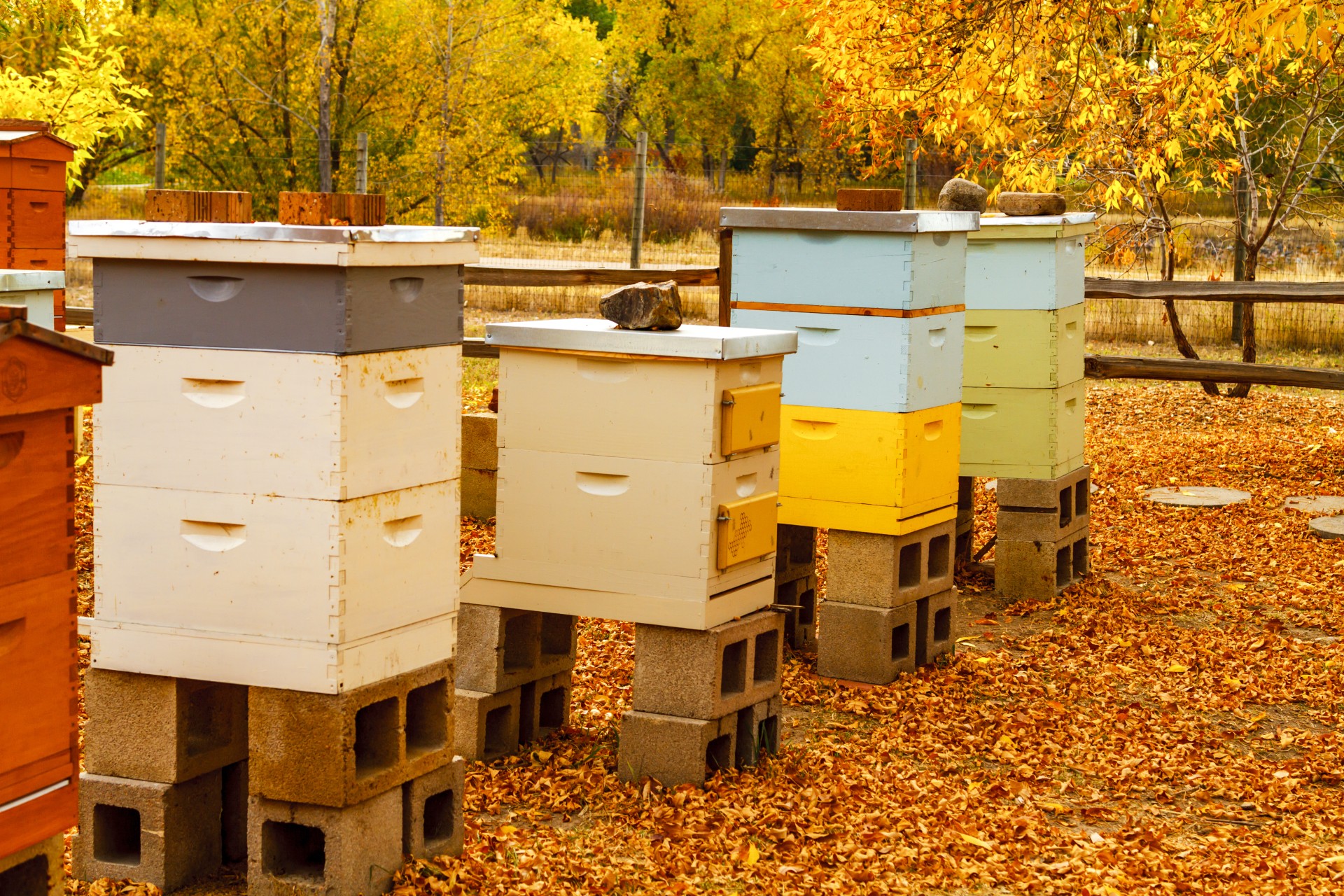When fall weather kicks in, bees and other pollinators do their best to stock up and prepare for winter. There are a few things people can do to help. Planting fall-blooming plants, providing water sources, and treating them with the respect they deserve are a few. Everyone can play a part in helping our pollinators this fall.
Fall Brings Cooler Weather and Perky Plants
As the summer's scorching and chart-topping hot temperatures are in the past, cooler days and more frequent rainfall allow plants to perk up in the fall before winter sets in. Early fall is a very busy time for bees, but by intentionally planting plants that flower in the fall, bees don’t have to work so hard. Pollinators include bees, birds, and other insects, and all need nectar to survive the winter. Fall is when some pollinators try to “fatten up,” like hummingbirds. Others, like bees, may lock down for winter and hibernate, using their stored nectar to ration out enough for the season.
Fall Blooming Plants
Fortunately, some flowers bloom later and provide bees with the necessary nectar they need. Many people want to help bees through the winter, so knowing what to plant and how to support them as they gear up and hunker down is one way everyone can do their small part.
It is often best to choose low-maintenance plants. Although gardeners love tending to their plants, as many prepare for winter, low-maintenance fall bloomers are welcome.
Goldenrod—In most states, Goldenrod grows wild, which means it is one of the lowest-maintenance plants around. Little yellow flowers bloom on each stem, offering plentiful nectar and pollen for bees.
Black-eyed Susans - These bright blooms require lots of water to bloom in the fall, which is why they are a favorite of pollinators.
Purple Dome—Also known as the New England aster, the purple blooms blossom in large numbers through the fall. They offer a colorful addition and are an excellent source for bees and other pollinators.
Violet – Violet can produce bright flowers and spread easily, which may be good, depending on where you spread the seed!
Crimson Clover - an excellent way to provide food for bees in the fall and cover the ground after summer blooms have been cleared away. It helps replenish the soil for the upcoming season.
Sedum – these are star-shaped and bloom until November, offering sustained nectar sources for bees well into the year. They grow in clusters at the end of long stems, which is a great way to line a walkway.
Never Fear - Bees Need Water Too!
If you are not a green thumb or feel equipped to stock your garden or open space with fall-blooming nectar sources, never fear because bees need water, too! Providing bees with water sources is so simple and can be done with things around the house. Like a pie pan with a few rocks and sticks, a shallow pan makes a great stopping point for bees to get water and return it to the hive. If you are feeling creative, add a little piece of sponge or a wine cork because bees don’t swim and need a place to perch while they collect water.
Beekeepers will tell you that they provide water sources for their bees. Often, people can determine a bee's estimated flight path after just a little time observing where they go. Placing the water source in the bees' flight path makes it easy to find and access. If everyone does a small task to make life easier as bees prepare for winter, isn't it worth it?

Get help with your beehive or bee swarm removal! Call Today 760-224-3040 Or 951-265-8292!
Treat Bees with Respect
The best beekeepers understand the unique way bees behave and their critical role in pollination. Several bee species have declined, triggering legislation to protect them. The one thing that everyone should do is treat bees with respect. Some people have allergies to bees, and this can make coming face-to-face with one terrifying. Remember that bees rarely sting unless provoked, so swatting away or spraying poison on a beehive will not go well. It is also important to remember that bees are wild, so they may make their home in a location that is inconvenient or straight-up dangerous. If you ever encounter this situation, please get in touch with a humane live bee removal company like D-Tek. These professional beekeepers are dedicated to protecting people from beehives in precarious spots while moving the bees safely to another location. There is never a need to kill bees haphazardly – they deserve more respect than that.
Whether you're a beekeeper, a gardener, or someone who wants to do their part in helping bees and other pollinators use fall as an extended time to prepare for winter, you can plant fall-blooming plants, provide water sources, and treat them with respect.
D-Tek is a locally owned and operated live bee removal company serving Southern California with excellence. If you need help with live bees, call D-Tek at 760-224-3040.
